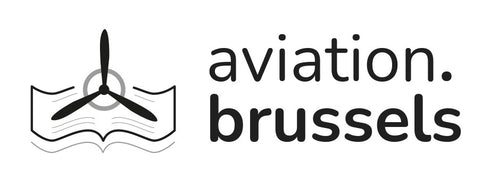EARLY AVIATION AT FARNBOROUGH: THE FIRST AEROPLANES (VOL. II)












Prix régulier 50,00 € TTC 6%
Characteristics
| Book cover finish | Hardcover ( square back binding ) |
| Special features | First edition, Dust jacket, In a box |
| Condition | Used very good |
| Number of pages | 375 |
| Published date | 1975 |
| Language | English |
| Size | 19 x 26 x 4 cm |
| Author | Percy B. Walker |
| Editor | Macdonald and Janes |
Description
EARLY AVIATION AT FARNBOROUGH:
The History of the Royal Aircraft Establishment
VOLUME II. THE FIRST AEROPLANES
by Percy B. Walker
C.B.E., M.A., Ph.D., C.Eng., F.R.Ae.S. Former Head of the Aircraft Structures Department and Special Consultant to the Director of the Royal Aircraft Establishment
The First Aeroplanes is complementary to Dr Walker's previous, much-praised Early Aviation at Farnborough: Balloons, Kites and Airships. Covering a similar period (from 1904 up to 1910) it completes the story of the development of manned flight in Britain, under the aegis of what was to become the Royal Aircraft Establishment at Farnborough.
The book tells three main stories, centring round the most prominent designers of the time: the Wright brothers, Samuel Franklin Cody, and the near-mystic John William Dunne. The analysis of British negotiations with the Wrights throws much light on these pioneers' character and achievements; similarly, the research into Cody's aeroplane overthrows many received opinions and establishes that the proper credit for the first aeroplane flight in Britain belongs to it.
Dr Walker's research is meticulous, and of a practical nature; he spent a considerable time in the highlands of Scotland, near Blair Atholl, establishing the geography of the events which took place there when Dunne tried out his machines, and interviewing those few people who could still remember the excitement that it caused.
As in the previous volume, the brilliantly researched collection of contemporary photographs is an outstanding feature, and vividly illustrates the story as it is told. There is no comparable account of the birth of British flying, and Dr Walker is without question the master historian of the period.
This volume contains over 300 pages, including 75 photos and 15 drawings.












